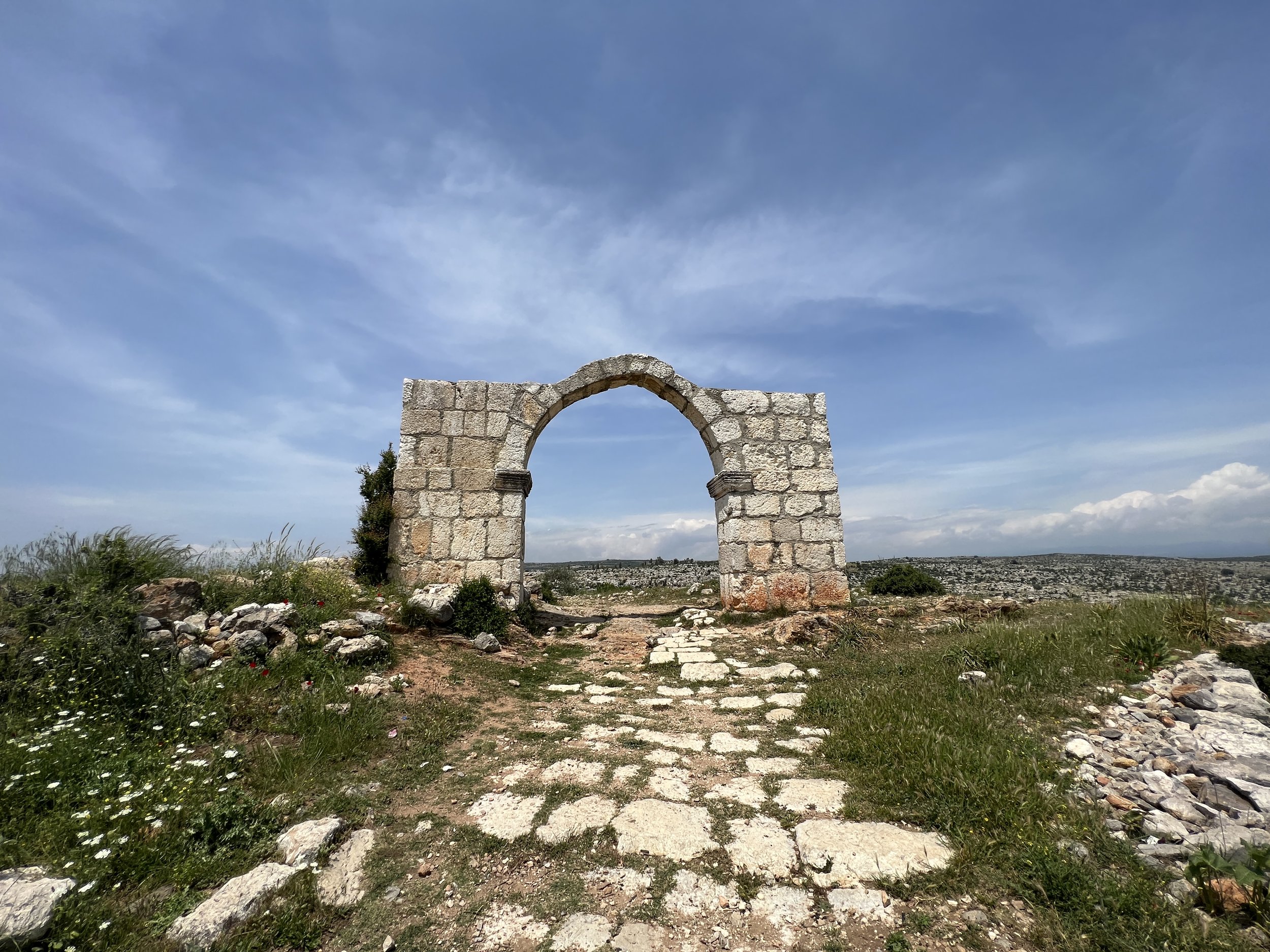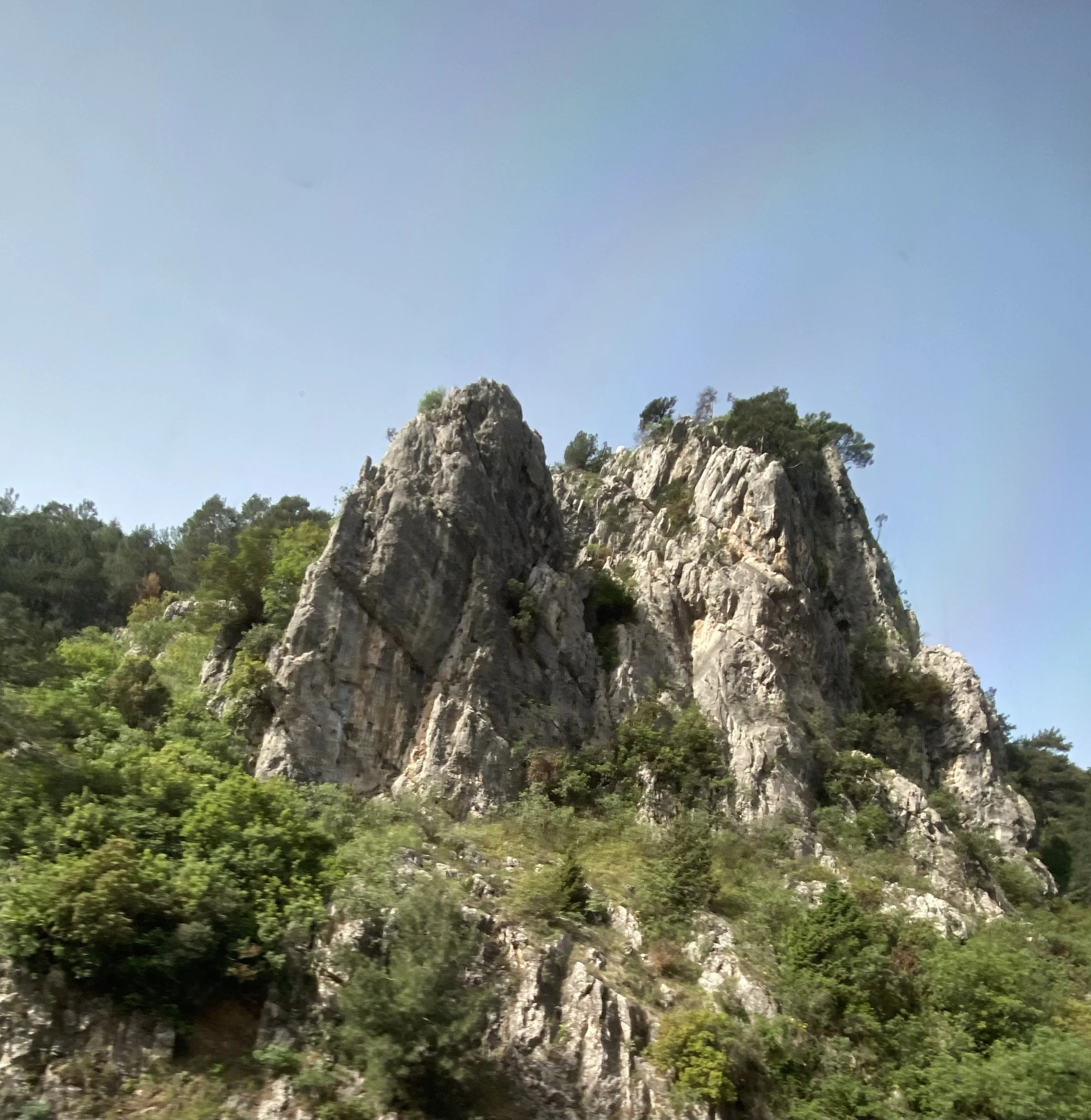Via Tauri, Tarsus, Asia Minor (Turkey)
“…Paul chose Silas and departed, having been commended by the brothers to the grace of the Lord. And he went through Syria and Cilicia, strengthening the churches. Paul came also to Derbe and to Lystra.” Acts 15:40-41, Acts 16:1
There are several land routes Paul could have used from Syrian Antioch and the area of Tarsus to get to Cilicia and circle back to Derbe and Lystra during the second and third missionary journeys. The most logical, most direct route would have been the via Tauri that runs north from Tarsus, through the Taurus Mountains via the famous pass called the Cilician Gates. Stretches of this Roman paved road are still visible north of modern day Tarsus. The route is ancient. Archeologists have found inscriptions that commemorate repairs to the road in AD 217, but the road is far older. The paved streets of the small excavations of ancient Tarsus date to the 2nd century BC and would have connected with the Via Tauri which was older yet.
Visiting a visible part of the road today, just outside of the village of Saglikli Koy, the first thing you see is a monumental arch that dates to a later period - probably built to commemorate a visit of an emperor to the area - sometime 3rd - 6th century AD. The road runs through a desolate rocky stretch, again leaving us in awe of the foot miles the Apostle Paul traveled in service of the spread of the Gospel.
Via Tauri - Roman road running north out of Tarsus










